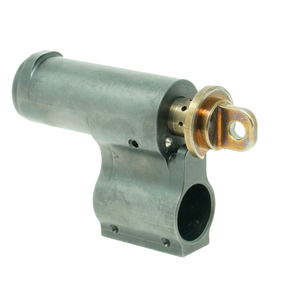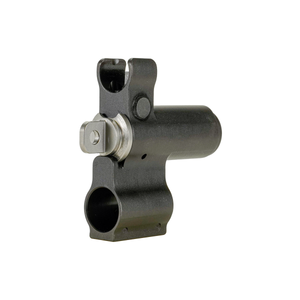
PRO2ACE ADJUSTABLE GALIL GAS BLOCK AVAILABLE AND SHIPPING NOW
The first adjustable gas block for the IWI Galil Ace! The Pro2.0 ACE Gas Block has been precision engineered to address the very real need to regulate the gas on the Galil Ace rifles and pistols, for both reliable tuned shooting and rugged suppressor use.
In collaboration with PRO2CUSTOMS thIS billet adjustable gas block is specifically designed to be compatible with all caliber and barrel length Galil ACE AND ACE 2.0 platforms. Rather than using the usual set screw, this design utilizes a gas cup with multiple aperture sizes around the rim. This cup, combined with a detent, allows the user to select between discrete sizes. The gas cup design borrows heavily from historically rugged designs from HK, SIG, AK-12, and FN. Using this design allows the shooter to adjust gas settings from the front of the hand guard without any disassembly of the firearm. As all gas blocks accumulate carbon, we've designed in a removal feature so that the cup can be removed from the front by rotating to the section of cutout flange, and pulling towards the muzzle end of the barrel for easy maintenance. Because this is a fixed design, there are no parts on the block or cup that will wear out with use and cause a failure.
These are 5 Position, externally adjustable gas blocks for both Gen 1 and Gen 2 Galil ACE Pistols and Rifles in all calibers. Note: Gen1 you will lose your front sight. You can choose to have the gas valve pre-tuned for your rifle (caliber and barrel length with factory ammo), or if you are handy you can purchase it as DIY tune kit with the gas valve locations pre drilled for pilot holes only.
If you want to install it yourself, note that you will need a press OR a cut off disc to get the factory one off. If you dont want the headache, Pro2Customs can install it for you.
Specifications:
- 4140 ALLOY STEEL HEAT TREATED AND NITRIDED BODY
- 17-4 STAINLESS STEEL HEAT TREATED APERTURE CUP
- INCONEL 1100F RATED DETENT SPRING





